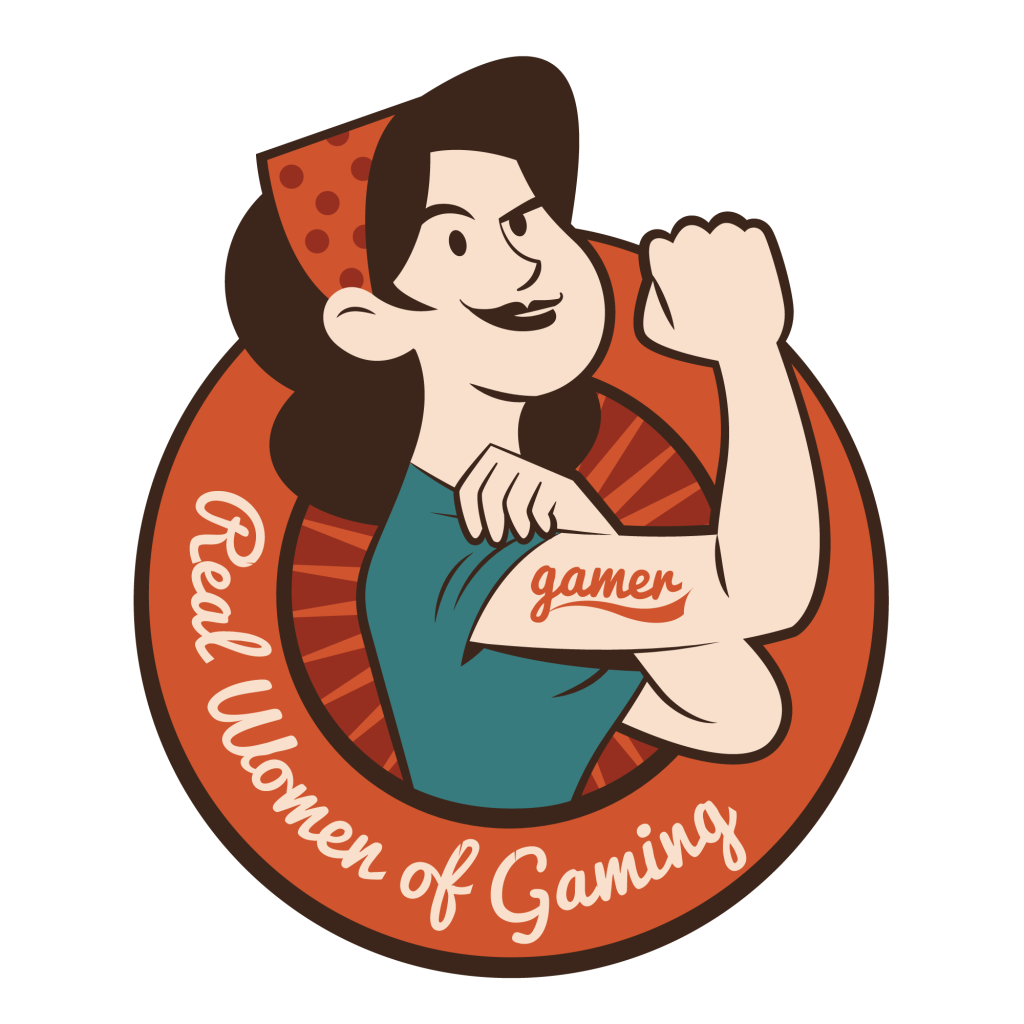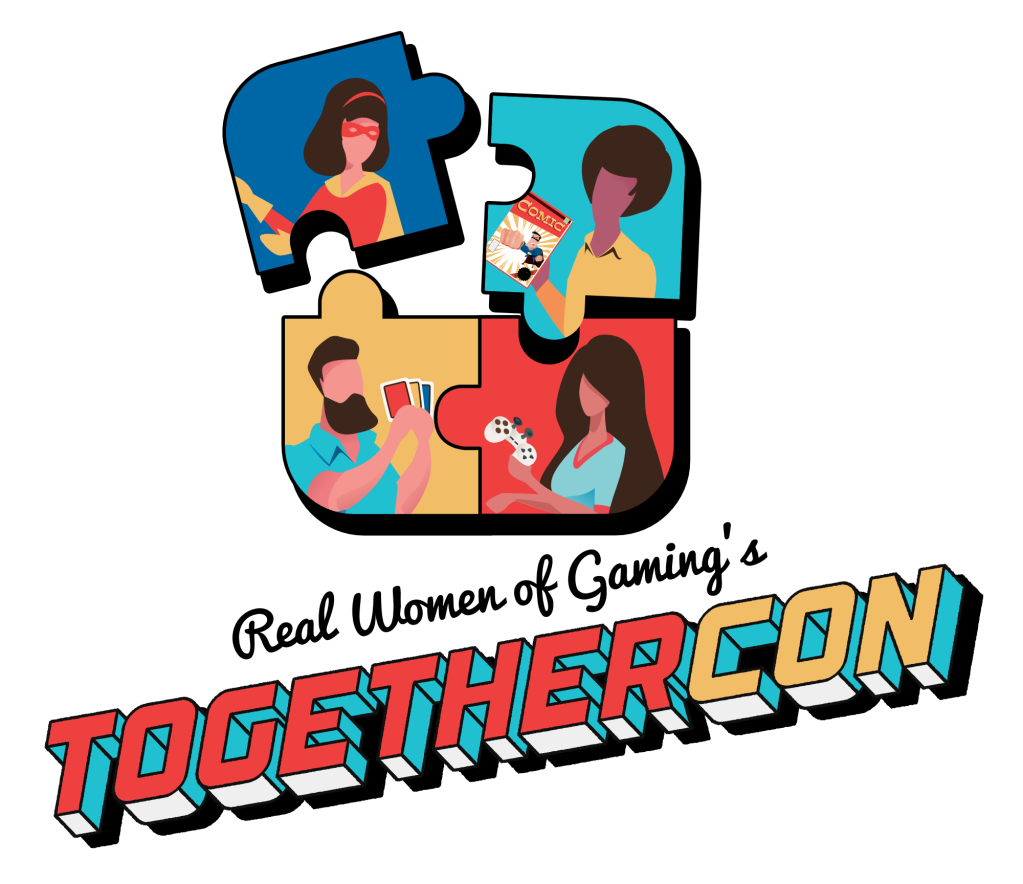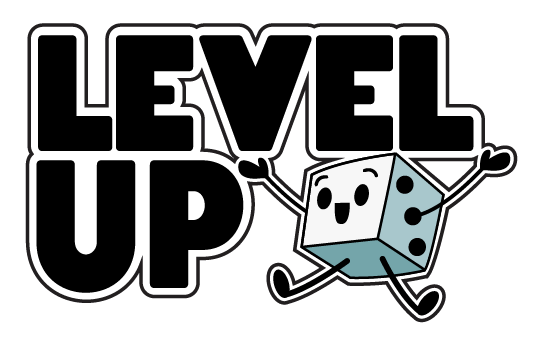Hello, gamers! In (belated) honor of Valentine’s day I’ve decided to get sexy and talk about porn: specifically the erotic and controversial visual novel Ladykiller In A Bind. But, before we get started, let’s talk about art, pornogrophy, and what defnines each of them.
It seems that everyone has an opinion as to what does or does not constitute ‘art.’ At the first PAX convention I attended, an audience member asked Penny Arcade’s Jerry Holkins if he considered video games to be art. Holkins thought (and I agree) that this was a silly question: how could something that hundreds of artists work on for months possibly be anything but art? This school of thought has been spreading, especially since Anita Sarkeesian has so famously subjected video games to the same thorough analysis that academics have used to look at literature and film for generations.
So, assuming we can agree that video games are art, we still haven’t answered the question of what ‘art’ actually is. It’s a question I’ve thought about a great deal, especially while I was working on my BA in a creative field. Novelist and educator John Green describes art as ‘something someone put into the world to make my life more interesting(1).’ My personal definition is similar, though not exactly the same. I believe that, on the most basic level, art is a form of communication: something created by an individual to inspire a reaction in an audience.
This is why I’ve always thought the dichotomy between ‘art’ and ‘pornography’ to be false. Many years ago, I found myself interviewed for a ‘man on the street’ segment of some sort, where I was shown a series of pictures and asked I considered them to be art or pornography, and why. I probably skewed their results, since I classified every single image as ‘art’ (though I recall describing a few of them as ‘art with pornographic subject matter’). Putting aside ‘I’ll know it when I see it,’ pornography is generally described as media designed to titillate or sexually arouse. Which, going by my definition of art, doesn’t separate pornography from art at all. It places it as a category: a form of communication meant to instill a particular response in the audience.
So is a pornographic video game art? I would unequivocally say ‘yes.’ Mind you, that doesn’t mean it has to be good art. We can probably all agree that film is an artform, but that doesn’t mean all movies have equal artistic merit. Some films are thought provoking while others offer little more than base escapism and toilet humor.
Ladykiller occupies a nuanced position on this continuum. It stars a young woman (the Beast) who has been forced to masquerade as her twin brother while his high-school graduating class take a cruise ship across the Atlantic. If she acts too suspiciously she’ll be thrown into cargo hold, ending the game. The mechanics revolve around accruing ‘votes’ (for an in-game contest that may or may not be BS), while avoiding ‘suspicion.’ Conversation options appear and disappear as they occur to the player-character. There are two main romance storylines to chose from or combine, as well as a number of side-stories involving minor characters. The player gets to chose the names of each character as they appear, either from one of two default options or by entering a custom name. For the remainder of this article I’ll refer to the characters by the default names we chose in our longest playthrough.
The game came to my attention shortly before it was released on Steam in January. It made the news because it was one of the first sexually explicit games to arrive on the platform uncensored(2). In the past, explicit games had come to steam in ‘ugly sweater mode” (naughty bits covered up with ugly sweaters), only to have the characters’ bodies revealed in later patches. Ladykiller in a Bind’s creator, Christine Love, decided not to go with that option. Unlike many games where sex scenes are supplemental to the story, the sex in Ladykiller is the story. Furthermore, in a game where crossdressing and mistaken identity are major themes, the nudity itself is an important element to character development and plot. The characters’ relationships to each other are explored through the lens of sexuality. In her article “A BDSM Game That Let Me Explore A New Type Of Sexual Experience,” Kotaku’s Heather Alexander goes into detail about Ladykiller’s portrayal of physical and emotional intimacy(3).
Removing the nudity or sex would be removing core content from the game. In a letter to Kotaku’s Nathan Grayson, Love wrote, “I never considered this as an option, because I don’t like the idea of any players getting an inferior experience just because they don’t have the technical knowledge of how to find that. It doesn’t feel particularly fair.”(2) She chose to skip the hassle, releasing on Humble and skipping Steam entirely. That would have been the end of the story, but as the game grew in popularity, its fans began to wonder why it wasn’t available on their favorite platform. They launched a campaign, and once they had a chance to talk to Christine Love, to learn how integral sex and nudity are to Ladykiller’s story, Steam’s staff accepted the uncensored game for distribution on the platform.
However while Ladykiller in a Bind is trailblazing in terms of its portrayal of queer sex and relationships, it is still titillating and silly. Its very premise requires a great deal of suspension of disbelief, particularly since much of the plot hinges on characters being unable to differentiate male and female voices. The cast are teenagers, the venue is a cruise ship, and the stakes are low. The very things that give the game its artistic merit, such as the focus on queer sexuality, healthy BDSM, and consent, also mark it as escapism, particularly for queer women.
My husband and I played through Ladykiller in a Bind together. It was a sexy and romantic way to celebrate Valentine’s Day. It allowed us to ‘spice up’ our marriage without the complication of involving another person. This was especially powerful for me as a bisexual woman in a monogamous relationship with a man; I was able to feed the side of my sexuality that doesn’t often get expressed. We played cuddled together on the couch, enjoying caramel covered brownies as indulgent as the storylines (and taking sips of alcohol every time the protagonist said ‘embarrassing’).
We had a great time, in large part because, as Love writes in Ladykiller’s introductory screen, “fiction is a safe place.” We could indulge our fantasies without having to worry about injury or embarrassment. That fantasy of safety is part of what makes the game so appealing. There is a heavy focus on consent in all the storylines I played, and as The Guardian’s Jordan Erica Webber pointed out (4), everyone who finds out the player character’s genitals aren’t what they were expecting ‘rolls with what they see.’ At a time when admitted sex offenders hold positions of power and women and LGBT+ people are being subjected to more and more hate crimes, that sense of safety is welcome -healing, even.
This brings us to our next point: after I began writing this article, Ladykiller in a Bind made the news again. This time, it was because, following an outcry from the audience, creator Christine Love removed a scene from the game. This move kindled a controversy over whether or not this was the ‘right’ move, and spurred conversations about censorship, queer media, and the relationship between creator and audiences.
The scene in question was late in the game and part of an optional storyline. I reached this point in the game after the patch that removed the content but writers who played through it describe it as containing dubious consent and sexual humiliation. It is important to note that the player-character’s partner for this scene is male. Most, if not all, of the Beast’s sexual partners are female (While I haven’t played through every possible storyline, I didn’t encounter any other male partners in my playthrough).

This subplot flew under the radar during Ladykiller’s playtests and original release, but the Steam release, with all the publicity it garnered, introduced the game to a much wider audience. Unfortunately, many of the new audience members did not enjoy the coercive subplot. According to Love, her goal when including it in the game was to “demonstrate a darker – certainly not safe IRL – fantasy”(4) to contrast with the consent-focused storylines. However, many players, some of whom, no doubt, were drawn to the game because of its focus on consent, were blindsided by change in tone.
At least one in five American women are sexually assaulted at some point in their lives (7). That figure is even higher for queer women (8). Queer women are also Ladykiller’s target audience. For many players, dubious consent and sexual humiliation were doubtless not only not a fantasy, but a reminder of lived trauma. Encountering them would have marred the fantasy, turning it from an escape into one more thing to run from.
“I think I failed to account for the player’s context,”(4) wrote Love, regarding the decision to remove the problematic storyline. While I can’t speak for every player, I, for one, am grateful for the change. While I would have loved the opportunity to romance a male character, the coercive nature of the scene would have been a definite turn-off. Playing it would have pretty much ruined my romantic evening.
Some writers, notably Simone de Rochefort and merritt k (sic) of Polygon, have noted that this post-release removal of content looks remarkably like censorship. In their article “Ladykiller in a Bind shows that we’re not ready to handle messy queer stories” (5), they make a number of observations that are worth discussing. First, they note that indie developers are subject to different -generally stronger- pressures from their audiences. Where large game companies have dedicated staff for PR, indie developers interact with their audiences directly. This can mean that they’re more likely to cave to demands when audiences turn hostile. They also note that, “Too often it seems like larger studios are lauded for baby steps in matters of representation(6) while women, queers and other independent authors are set upon for imperfect stories that actually hew closer to the realities of their audiences’ lives.”
The thesis of Rochefort and merrit k’s article is that we should allow ‘messy’ queer stories to be told. With this, I agree. Stories are how we understand people who are different from us, and being exposed to diverse stories that don’t adhere to our stereotypes allows us to realize that the people who aren’t like us aren’t monolithic, but complex individuals with their own unique life experiences. In particular, I’ve noticed a media taboo against stories wherein lesbian-identified women experience sexual attraction to men -a taboo which adds to the endemic problem of bi-erasure. I believe that the story of the Beast and the Rival deserves to be told -needs to be told, even. However, I do not believe that Ladykiller in a Bind is the appropriate venue for that story.
Videogames are art, and they are a living art form. Paintings and sculpture are static: once the artist is done with them they don’t change. As videogames emerge as an artistic medium, they are proving to be more like live theater: they are ongoing, continually responding to their audiences. Just as a director or choreographer may make changes from show to show, game developers make changes from patch to patch. Guild Wars 2’s “living story” is an example of one way that can work: every few weeks an update is released that adds new content, advancing the story and impacting the virtual world. The staggered release schedule allows the developers to adjust each ‘chapter’ based on player feedback on previous installments. In competitive games, ‘balance’ patches are common. Developers update the game to tweak mechanics and make the game fair and fun for as many players as possible.
 In an erotic visual novel, the balance between story and mechanic is different. In sandbox games, for example, the mechanics are the focus of the game and the story is what you make it, but for visual novels, the story is the game, and the mechanics only exist to support that story. I propose that where balance patches improve the gameplay experience for MMOs, story patches can improve the gameplay experience for visual novels. Furthermore, indie games generally don’t have open beta testing. Ladykiller in a Bind was playtested before it was released, but it appears that the small sample of alpha testers did not accurately represent the game’s target audience.
In an erotic visual novel, the balance between story and mechanic is different. In sandbox games, for example, the mechanics are the focus of the game and the story is what you make it, but for visual novels, the story is the game, and the mechanics only exist to support that story. I propose that where balance patches improve the gameplay experience for MMOs, story patches can improve the gameplay experience for visual novels. Furthermore, indie games generally don’t have open beta testing. Ladykiller in a Bind was playtested before it was released, but it appears that the small sample of alpha testers did not accurately represent the game’s target audience.
I’ve found that a person’s reaction to the “Ladykiller in a Bind controversy” correlates with who and what that person believes the game is for. Rochefort and merrit k bemoan the censorship of a ‘messy’ queer story, but what was the target audience for that story? Is is straight players who will experience what being queer is like? Is it queer women who aren’t attracted to men? Queer women who are attracted to men but feel underrepresented? I’m really not sure. Those stories need to be told, but they need to be told to the right people at the right times.
Love says that she set out to make a game that she would enjoy playing. However, she is only one person, and others don’t necessarily enjoy the exact same things. The Steam release was Ladykiller’s de facto open beta, and it revealed a ‘bug’: a section of story that acted as a turn-off for a significant portion of its players. That’s a serious issue if the game is a work of erotica, and subsequent patches sought to address it. The developers tried a work-around with content warnings, but that didn’t solve the problem. In the end, the content had to be removed.
I believe Ladykiller in a Bind’s target audience are female, queer, and naive but curious about BDSM. We played the game to get turned on and maybe learn something about sex and relationships. It’s a demographic that needs to see healthy, sex-positive interactions. The rest of the game shows those, beautifully. No matter how erotic Love or others found the deleted Beast/Rival scenes, the did not fit the rest of the game.
I hope that Love Conquers All gives us those ‘messy’ queer stories moving forward. An erotic visual novel would be an amazing medium to explore the Kinsey scale, as well as some of those darker fantasies. Love doesn’t know how such a game would be received (4), but the diversity of voices in the conversations surrounding Ladykiller in a Bind indicate that an audience is out there, and I’m looking forward to playing it when it comes out. But, for now, I’m happy to have spent my Valentine’s Day exploring the safer side of BDSM. For some of us, safety is the most erotic fantasy of all.
References:
- https://nerdfighteria.info/v/223867897
- http://steamed.kotaku.com/an-uncensored-sex-games-difficult-journey-to-steam-1790720807
- https://www.kotaku.com.au/2016/10/a-bdsm-game-that-let-me-explore-a-new-type-of-sexual-experience-nsfw/
- https://www.theguardian.com/technology/2017/feb/14/playing-with-sex-what-one-scene-tells-us-about-erotic-video-games
- http://www.polygon.com/2017/1/24/14365716/ladykiller-in-a-bind-problematic-consent-sex-scene
- http://www.polygon.com/2016/12/20/14028604/overwatch-gay-tracer
- https://www.cdc.gov/mmwr/preview/mmwrhtml/ss6308a1.htm
- https://www.bu.edu/today/2011/lesbians-gays-bisexuals-at-increased-risk-for-sexual-assault/






Leave a comment